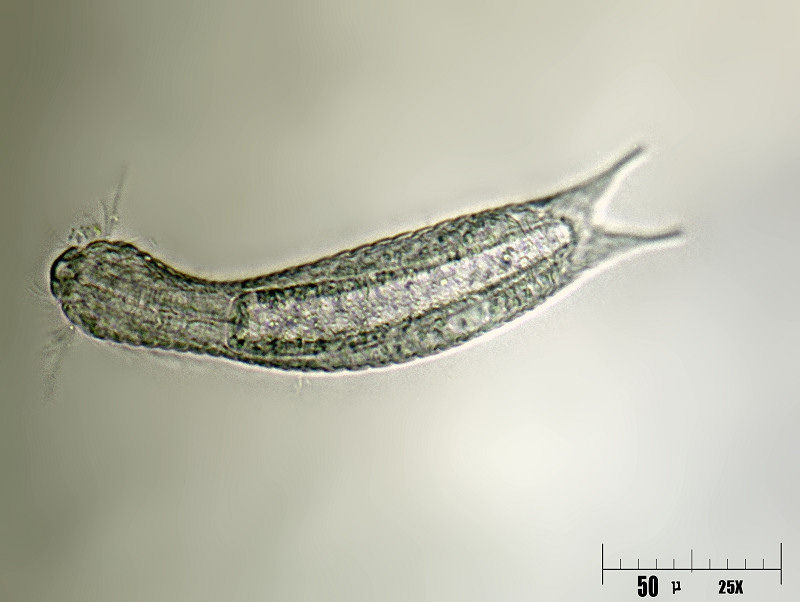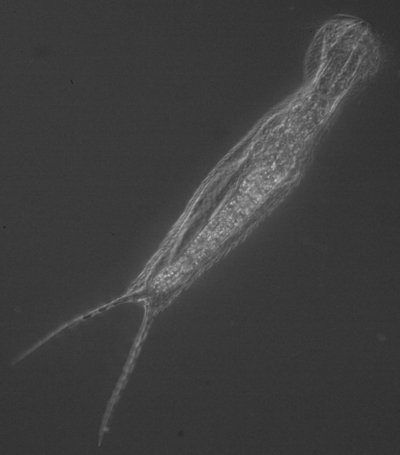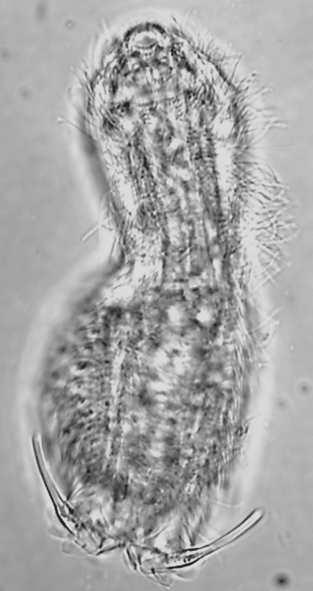Key to Australian Freshwater and Terrestrial Invertebrates
Phylum Gastrotricha, Order Chaetonotida
Common name: gastrotrichs
Overview
Distribution and diversity
Life cycle
Feeding
Ecology

A species not found in Australia
Image credit: Giuseppe Vago
used under a Creative Commons Attribution license
Image credit: Giuseppe Vago
used under a Creative Commons Attribution license

A species not found in Australia
Image credit: Antonio Guill�n
used under a Creative Commons Attribution-NonCommercial-ShareAlike license
Image credit: Antonio Guill�n
used under a Creative Commons Attribution-NonCommercial-ShareAlike license

unknown species of Gastrotricha from Australia
Image credit: Erich S. Volschenk
� Western Australian Museum
Image credit: Erich S. Volschenk
� Western Australian Museum
References and further information
ABRS Australian Faunal Directory: Gastrotricha
Atlas of Living Australia: Gastrotricha
Encyclopedia of Life: Gastrotricha
Tree of Life: Gastrotricha
References and further information
Atlas of Living Australia: Gastrotricha
Encyclopedia of Life: Gastrotricha
Tree of Life: Gastrotricha








